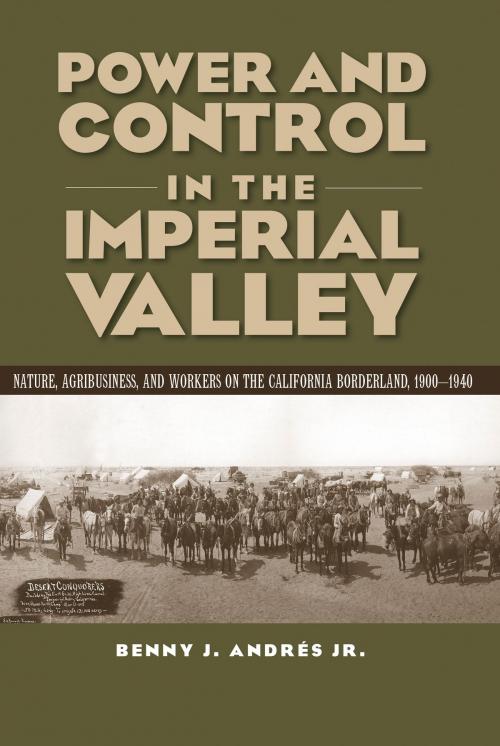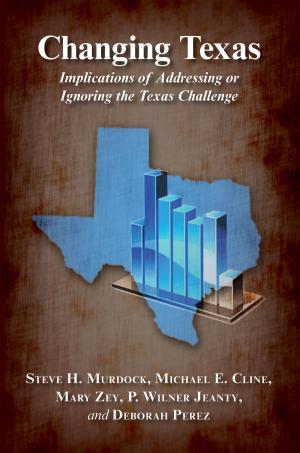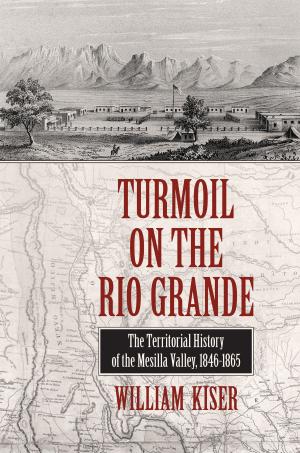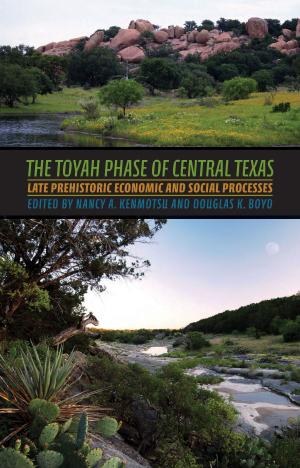Power and Control in the Imperial Valley
Nature, Agribusiness, and Workers on the California Borderland, 1900-1940
Nonfiction, History, Americas, United States, 20th Century, Social & Cultural Studies, Social Science| Author: | Benny J Andrés | ISBN: | 9781623492199 |
| Publisher: | Texas A&M University Press | Publication: | November 27, 2014 |
| Imprint: | Texas A&M University Press | Language: | English |
| Author: | Benny J Andrés |
| ISBN: | 9781623492199 |
| Publisher: | Texas A&M University Press |
| Publication: | November 27, 2014 |
| Imprint: | Texas A&M University Press |
| Language: | English |
Power and Control in the Imperial Valley examines the evolution of irrigated farming in the Imperial-Mexicali Valley, an arid desert straddling the California–Baja California border. Bisected by the international boundary line, the valley drew American investors determined to harness the nearby Colorado River to irrigate a million acres on both sides of the border. The “conquest” of the environment was a central theme in the history of the valley.
Colonization in the valley began with the construction of a sixty-mile aqueduct from the Colorado River in California through Mexico. Initially, Mexico held authority over water delivery until settlers persuaded Congress to construct the All-American Canal. Control over land and water formed the basis of commercial agriculture and in turn enabled growers to use the state to procure inexpensive, plentiful immigrant workers.
Power and Control in the Imperial Valley examines the evolution of irrigated farming in the Imperial-Mexicali Valley, an arid desert straddling the California–Baja California border. Bisected by the international boundary line, the valley drew American investors determined to harness the nearby Colorado River to irrigate a million acres on both sides of the border. The “conquest” of the environment was a central theme in the history of the valley.
Colonization in the valley began with the construction of a sixty-mile aqueduct from the Colorado River in California through Mexico. Initially, Mexico held authority over water delivery until settlers persuaded Congress to construct the All-American Canal. Control over land and water formed the basis of commercial agriculture and in turn enabled growers to use the state to procure inexpensive, plentiful immigrant workers.















